Storm-Resistant Siding Guide
While all siding materials are designed to withstand rain and even strong winds, more serious storms like hurricanes and tornadoes can damage or even rip your siding right off if you’re using weaker siding.
If you’re staying in an area where intense storms are a regular occurrence, it’s worth investing in higher-quality siding and installation to keep your siding intact or at least minimize the damage.
Lower-quality siding may save you some money upfront, but each time a serious storm hits, you’re probably going to have to replace or repair a large portion of your siding.
After just a couple of storms, you’ll likely have already spent more on repairs and replacements than if you had just gotten higher-quality siding instead.
As such, in storm-prone regions, it’s a must to spend more on higher-quality siding that can withstand heavy storms. Otherwise, you’ll only end up costing yourself more in the long run.
What Makes Siding Storm-Resistant?
Let’s start with what exactly it is that makes siding storm-resistant. Is it toughness? Moisture resistance? Ability to withstand impact?
By knowing what makes siding storm-resistant, you can easily assess the qualities of any type of siding and determine its suitability for your home.
Impact Resistance
One of the most important qualities for storm-resistant siding is impact resistance.
Not only will there be hail, but also flying debris. This debris can consist of entire trees and even pieces of other people’s homes (maybe even some siding).
This means your siding isn't just for aesthetic purposes, it also protects you from dangerous debris.
As such, impact resistance is arguably the most important quality to have for storm-resistant siding.
Wind Resistance
After impact resistance, wind resistance is the next most important quality. In severe storms, your siding can be ripped right off if it isn't wind-resistant.
The wind resistance of your siding will depend on it being both high-quality and robust and being installed well.
Proper installation is imperative to wind resistance. Overlapping, secure fastening systems, and weather-resistant barriers all play important roles in keeping your siding wind-resistant.
No siding is completely wind-resistant, but proper installation and strong siding will go a long way.
Moisture Resistance
Finally, in severe storms, your siding will be constantly pelted forcefully with water. As such, your siding needs to also be able to keep this water out.
Same as with wind resistance, moisture resistance depends both on the siding material as well as the installation.
Besides your siding itself not rotting or developing mold and mildew when exposed to moisture, it also needs to be able to keep water from reaching your home. This is where installation and sealing come in.
Storm-Resistant Siding Options
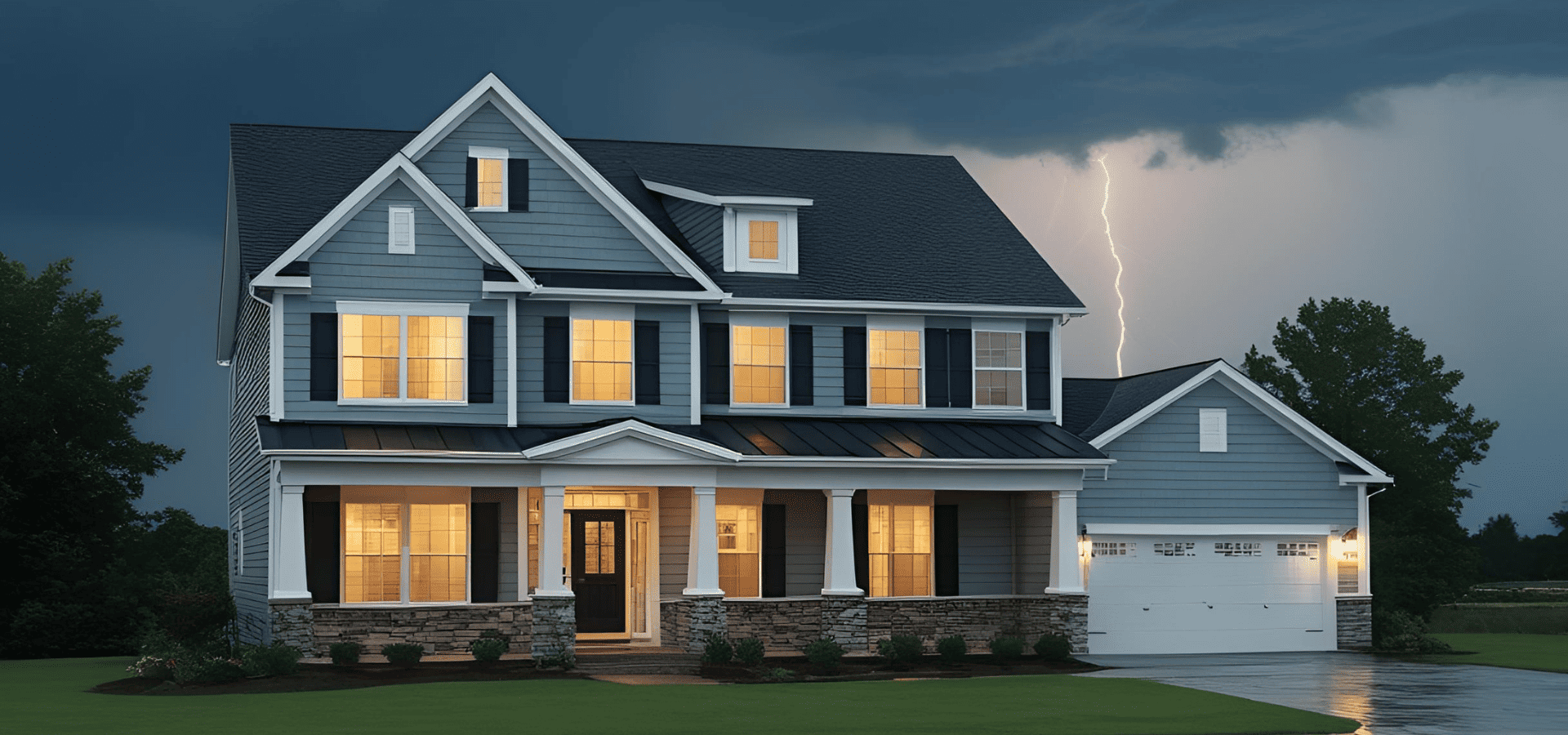
Now that you know what makes siding able to stand up to strong storms, let's go over the best ones for the job.
1. Fiber Cement
Fiber Cement is a blend of sand, cement, and cellulose fibers.
As a man-made material, manufacturers are able to tailor it as needed to enhance the desired qualities.
This allows fiber cement to be robust and long-lasting at a reasonable price.
It's tough enough to withstand strong impacts, and as you'd expect from a material made of sand and cement, it has no issues with moisture.
Its strength, when coupled with proper installation, makes it able to survive strong winds without buckling too.
Overall, fiber cement is a strong candidate for storm-prone regions.
Fiber cement does require some maintenance from time to time, but its qualities are well worth the effort.
2. Metal
Metal as storm-resistant siding may be somewhat surprising to some, as people have the misconception that metal tends to dent easily. However, that actually only applies for softer metals.
For siding, manufacturers know to choose tougher metals, and to make them thicker so they dent less easily.
As such, metal siding is actually one of the tougher materials on the market and will stand up well to hail and debris.
Even if there are minor dents, they usually won't compromise the structural integrity. In fact, metal’s ability to dent allows it to effectively absorb impacts, so it dents rather than breaks or cracks.
So metal’s tendency to dent actually helps its overall impact resistance as it's better able to manage impact energy than materials that don't have the flexibility to dent.
So metal has impact resistance down. We already explained how metal is a strong material, so with the proper installation, it'll have no problems with wind.
For moisture resistance, again, some people might be worried about metal’s weakness to rust and corrosion.
Once again though, manufacturers know to choose corrosion-resistant materials like aluminium. And if materials like steel are used, they will apply a layer of corrosion-resistant coating that will ensure no corrosion happens.
Water can't pass through metal, so as long as installation is done right and there are no gaps, metal will effectively keep moisture out of your home.
All in all, metal is impact-resistant, wind-resistant, and moisture-resistant, making it highly suited for storm-prone regions.
3. Vinyl
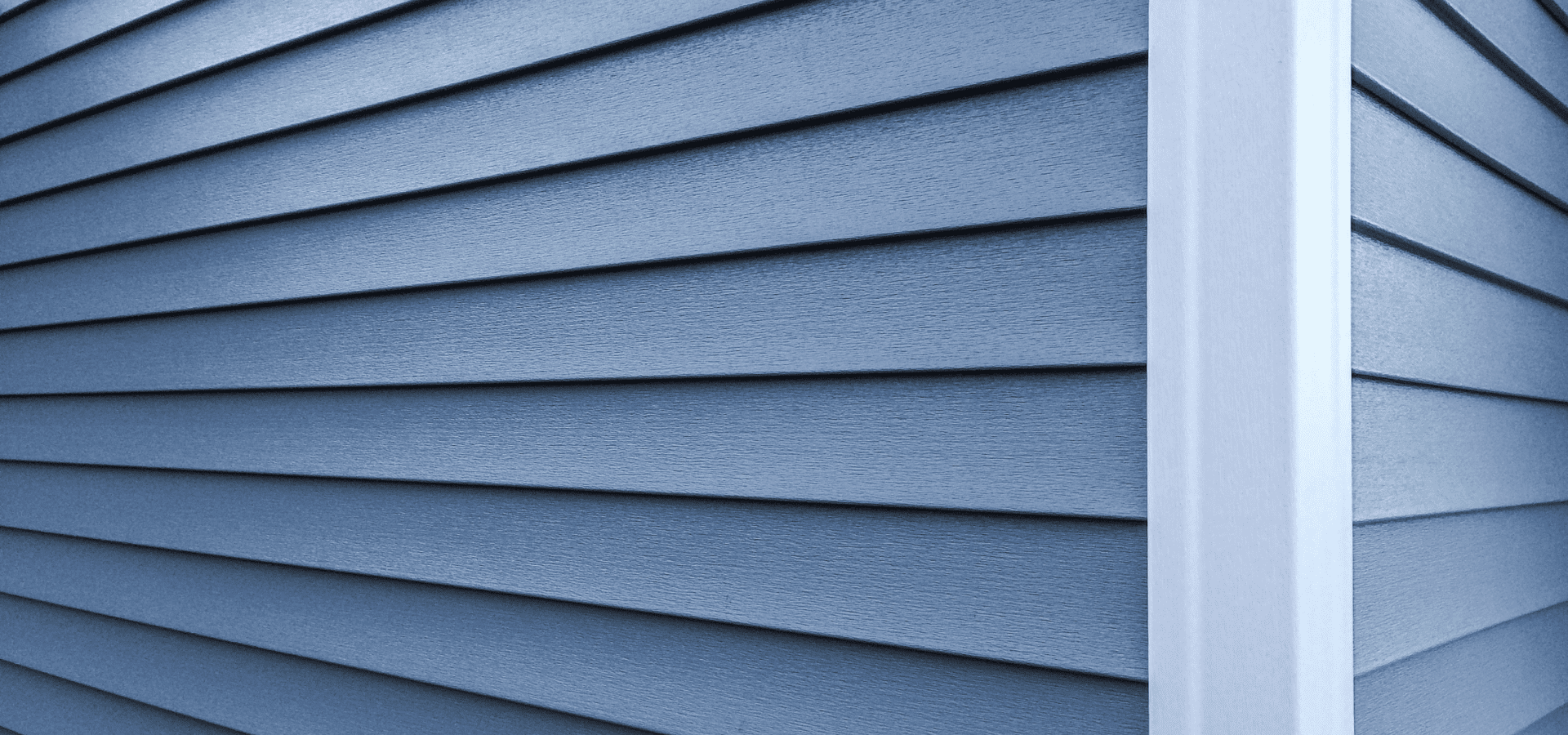
Next up, despite being a budget material, vinyl is actually a pretty good candidate for storm-resistant siding.
While normal vinyl siding isn’t as hardy as materials like metal and fiber cement, storm-resistant vinyl siding is made to be more robust and flexible.
This toughness helps it stand tall against impact and wind, while its flexibility further enhances its impact resistance.
Of course, being a good deal cheaper than fiber cement and metal, it still doesn’t measure up in terms of durability. Nevertheless, it does a fairly great job for the price, offering a good balance of affordability and quality.
Vinyl doesn’t allow water to pass through either, so once again, as long as installation is done right, vinyl will keep water out effectively.
To sum it up, vinyl does a good job of protecting your home from storms at a very reasonable price.
Coatings
Coatings further enhance the properties of your siding. Think of them as additional power-ups to your siding, making them better able to weather the elements, including intense storms.
There’s coating to protect against UV rays, coating to insulate better, coating to make your siding stronger, and also coating to preserve your siding’s aesthetics.
Coatings can be applied on top of each other to get the benefits of each coating. Having said that, they need to be compatible with each other or they might not stay on your siding properly.
Acrylic Coatings
Acrylic coating is used to enhance your siding’s UV resistance and preserve its color.
It protects against the sun by helping reflect some of it and converting some of the UV rays into heat so that they don’t wear out your siding as quickly.
Acrylic coating also provides an additional layer against moisture, enhancing your siding’s moisture resistance.
Elastomeric Coatings
Elastomeric coatings serve as an additional barrier, protecting your siding from impact damages and water.
Elastomeric coatings are waterproof, so they instantly make any siding able to keep moisture out. But its more important purpose is acting as a shield to reduce impacts to your siding, reducing the chances of damages.
A key property of elastomeric coatings is their ability to expand and contract with the siding, something that other coatings can’t do.
In other words, in regions where the climates are more extreme, either very hot or very cold, and your siding expands and contracts a lot, elastomeric coatings can expand or contract with the siding and remain intact.
Polyurethane Coatings
Finally, polyurethane coatings mainly act as a strong shield to protect your siding from impact and abrasions.
This is similar to elastomeric coatings, except polyurethane coatings are even more effective and serve as a stronger barrier.
So you might be wondering why anybody would choose elastomeric coatings then. Well, polyurethane may provide a stronger shield, but it lacks the flexibility that elastomeric coatings have.
As such, despite it being a better shield, it isn’t suitable for climates where siding will expand or contract a lot.
Sealants
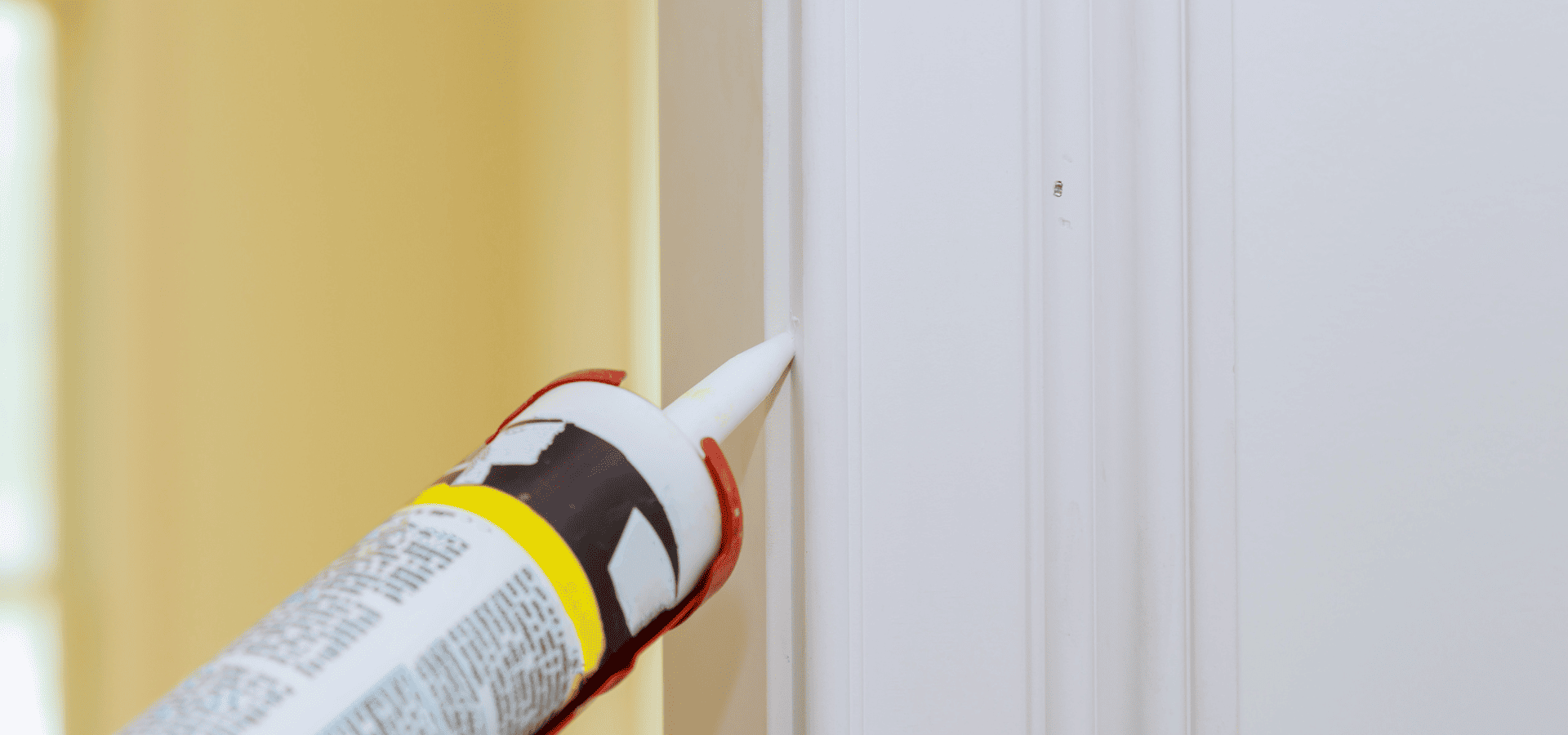
Sealants basically seal up the gaps and joints to ensure water and debris don’t pass through, making your siding more moisture-resistant and better able to weather severe storms.
As with coatings, there are various types of sealants, each with its own pros and cons. There are:
- Silicone sealants: Silicone sealants are the most expensive type, and for good reason. They’re flexible enough to accommodate the expansion and contraction of your siding, and they’re tough and long-lasting.
- Polyurethane sealants: Polyurethane sealants are essentially silicone sealants, but with shorter effective lifespans. Polyurethane sealants are also robust and flexible, but they tend to lose this flexibility over time. As such, polyurethane is usually cheaper than silicon.
- Butyl sealants: Lastly, butyl sealants tend to be the most friendly on your wallet, but they don’t have the flexibility of the above two sealants and aren’t as durable.
Final Tips
Before we end off, remember that installation and maintenance are key to your siding’s storm resistance. You don’t want to waste good-quality siding with poor installation that undermines your siding’s effectiveness or even damages it.
Proper installation with the right coatings and sealants is every bit as important as choosing the right high-quality siding material. So don’t go thinking that all you need to do is find the right material and then slap it over your home.
Siding installation for storm-prone areas is harder than usual because additional reinforcement measures like fasteners need to be taken to ensure the siding is installed extra securely.
With more components to work with, the installation is more complex, not to mention sealing also needs to be done properly, which isn’t easy to do, especially for untrained professionals.
As such, unless you’re really confident about your DIY abilities, it’s best to engage trained siding professionals like
Dallas Siding Pros for the installation.
This way, you can make sure that the siding material you’re going to buy won’t go to waste or be less effective because of poor installation.
You might also like

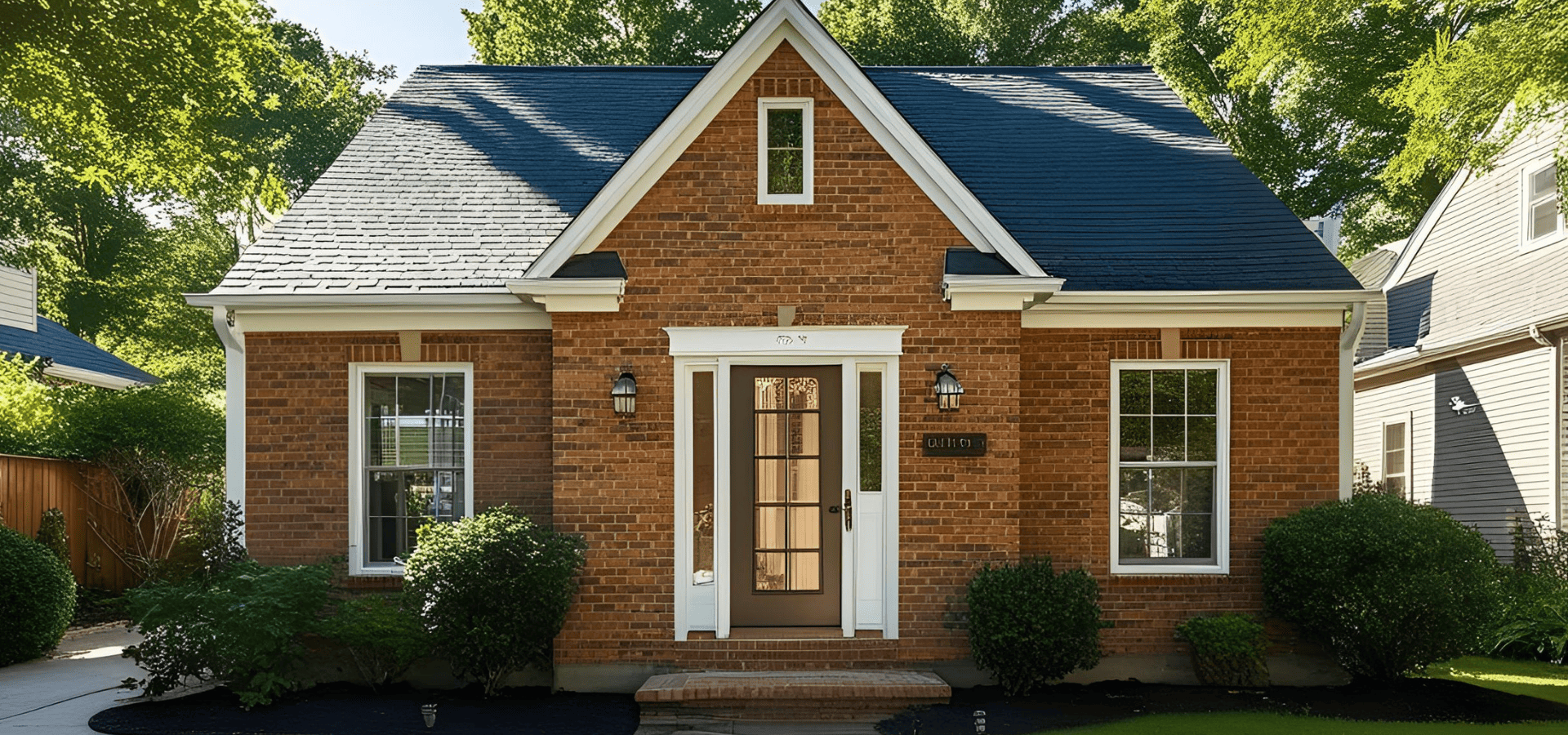
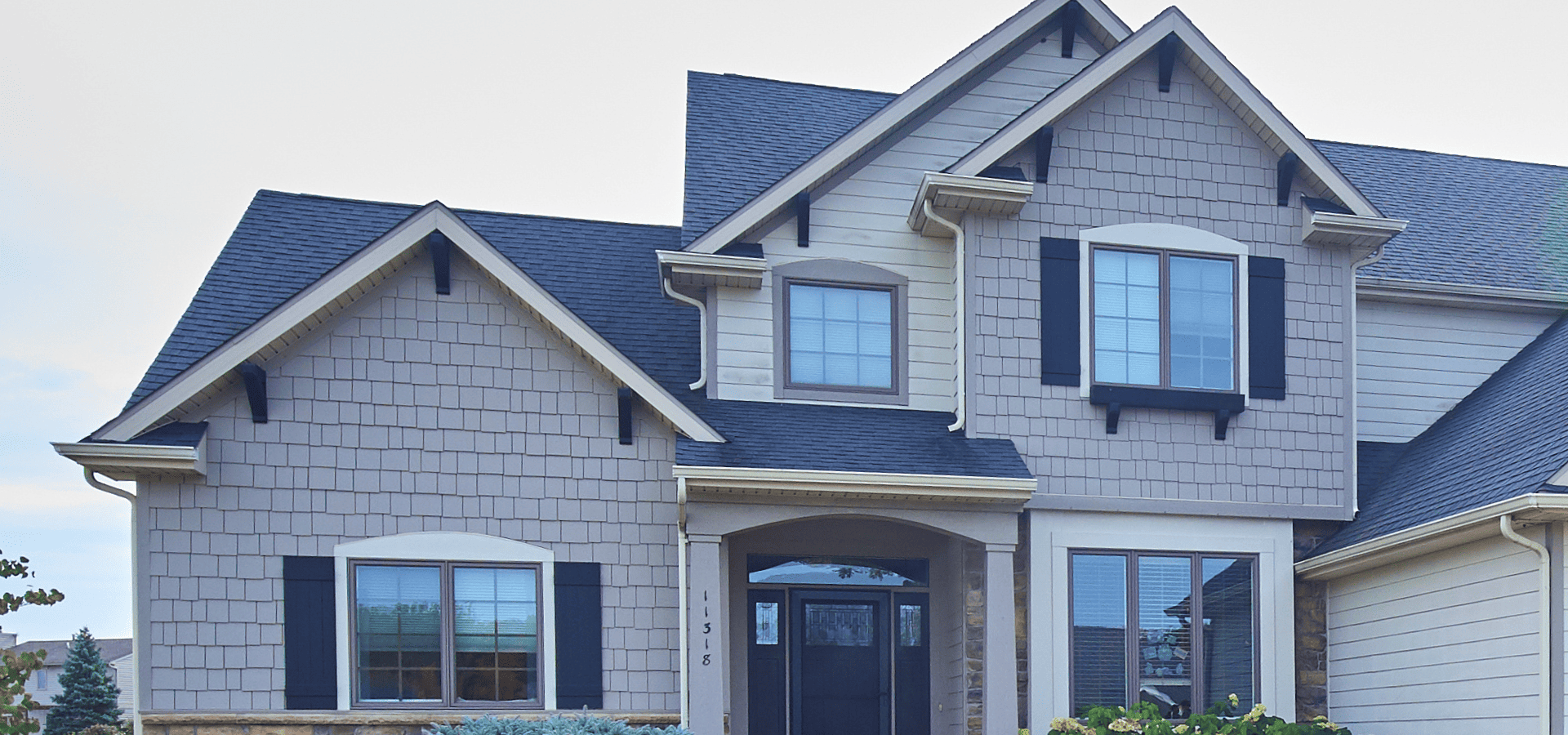
SPEAK TO A TEAM MEMBER TODAY
Our Service Area
Dallas
Forth Worth
Arlington
Richardson
Plano
Irving
Garland
Rowlett
McKinney
Mesquite
Allen
DeSoto
